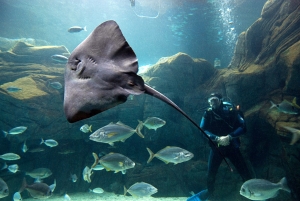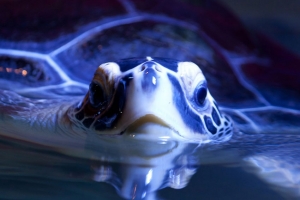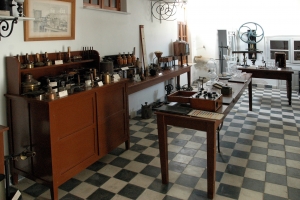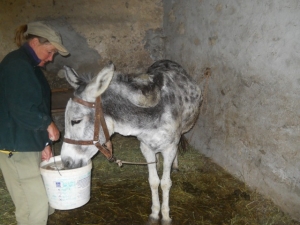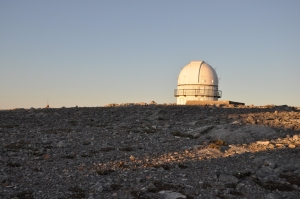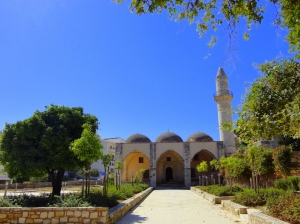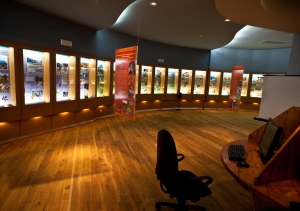Cretaquarium - Thalassocosmos is one of the most important aquariums in Europe. It started its operation in December 2005 in the former American Base of Gournes.
Aquaworld Aquarium has been operating since 1995 by John McLaren and is located very close to the main road of Hersonissos.
The Natural History Museum of University of Crete demonstrates with an impressive and innovative manner the natural environment of the eastern Mediterranean with a special emphasis on Greece and Crete.
The Chemistry Museum of Chania is a representation of the first Chemical Laboratory of Greece that was founded in Chania and is housed on the 2nd floor of General Chemical Laboratory of Chania.
This place is owned by 2 fantastic donkey lovers originating from England. They are taking care for all abandoned donkeys in the whole area. You can visit them the whole year and hug with the donkeys or even take a ride on the small ones. If you would like to visit Crete and do some charity work this is a perfect chance.
The Skinakas Observatory is a research facility operated jointly by the Foundation of Research and Technology - Hellas (F.O.R.T.H.), the University of Crete and the Max Planck Institute for Extraterrestrial Physics of Germany.
The mosque of Mastabas, with the characteristic 9-dome architecture, is an authentic monument of Rethymnon and has been conceded to GNHM following a decision of the Ministry of Culture. Upon completion of restoration and of the relevant museological study, it will operate as a Museum of Palaeontology, being annex of Goulandris National History museum in Crete.
The exhibition of the Information Center consists of 32 posters on the National Park of the White Mountains. The topics of posters are: introduction to the Park, landscape - ecosystems, geodiversity, habitats, animal and plant diversity, and human activities.
- 1
- 2











